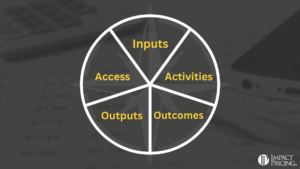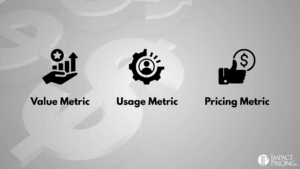You can listen to the full audio version of this blog we call — Blogcast.
Value is ambiguous. People think they know what they mean when they say it, but it has so many different meanings. A couple of years ago I asked my LinkedIn followers what it meant and had some fabulous responses. Yet, I still struggle to find the right definition. Here is my latest thinking.
There are 4 meanings of value that I use regularly.
- Economic Value: How much additional profit will a company make when using this product (or service).
- Inherent Value: A subset of economic value, but it is explicit that there is no competitive alternative considered. I also think of this as the value of solving the problem.
- Relative Value: The other half of economic value, but this is specifically the value of one product relative to the alternatives.
- Willingness to Pay: This is how much money someone is willing to part with in order to obtain a product or service.
The first three meanings can be measured in profit dollars, meaning they are great definitions in B2B business. Inherent value and relative value are great concepts in B2C but they aren’t quantitative. Instead, we use them as frameworks. Willingness to Pay works for both B2B and B2C, but it is the only quantitative definition to use in B2C.
The word “Value” in the phrase “Value-based Pricing” has a singular meaning in my mind. Willingness to Pay. Value-based Pricing means charge what a buyer is willing to pay.
These are the definitions of value that I’ve landed on. I’d love to hear where you agree or disagree.
Share your comments on the LinkedIn post.
Now, go make an impact.















